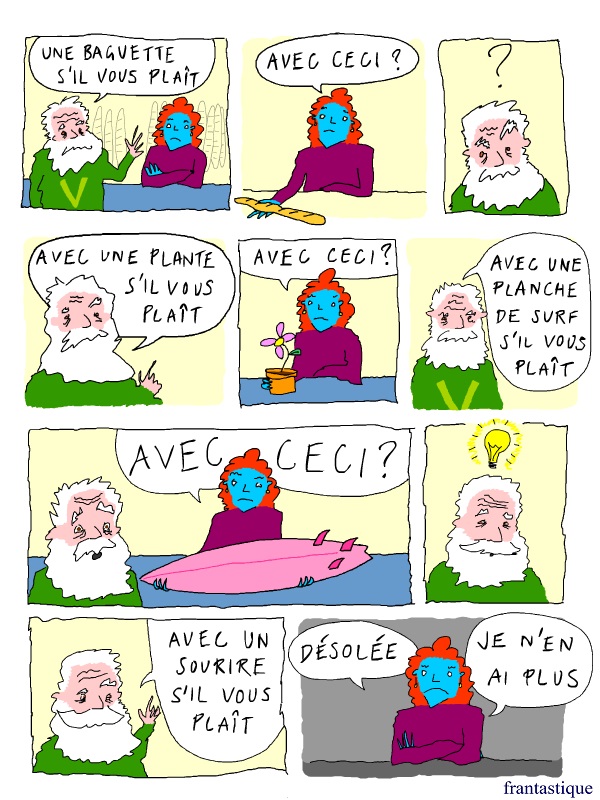When up-dating the Which language should I learn? page on Omniglot this week I decided to try and find out not only which languages have the most speakers, and also which ones have the most learners.
The top ten languages in terms of overall number of native (L1) and second language (L2) speakers are:
| Language |
L1 speakers |
L2 speakers |
Total speakers |
| Mandarin Chinese |
850 million |
180 million |
1,030 million |
| English |
340 million |
510 million |
840 million |
| Arabic |
240 million |
250 million |
490 million |
| Spanish |
400 million |
90 million |
490 million |
| Hindi |
260 million |
120 million |
380 million |
| Russian |
150 million |
110 million |
260 million |
| Portuguese |
215 million |
35 million |
250 million |
French |
80 million |
140 million |
220 million |
| Bengali |
190 million |
20 million |
210 million |
| Indonesian/Malay |
60 million |
140 million |
200 million |
Source: https://en.wikipedia.org/wiki/List_of_languages_by_total_number_of_speakers
If you count Hindi and Urdu speakers together, as I’ve done with Indonesian and Malay, the number of L1 speakers is 324 million, L2 speakers number 214 million, and the total number of speakers is 438 million. This doesn’t change the rankings of other languages.
The languages with the most learners are English (600 million), French (100 million), and Spanish (21 million). If you add these figures to the above totals, English moves into first place, French into seventh place, and Spanish into fourth place.
The most popular languages to study in the USA are Spanish, French, American Sign Language (ASL), German, Italian, Japanese, Mandarin Chinese, Arabic, Latin and Russian [source].
In Europe the most studied foreign languages are English, French, German, Spanish, Italian and Russian [source].
I couldn’t find any figures for the number of Chinese learners, but there were 234,275 takers of the Chinese Proficiency Tests in 2012 [source]. I suspect that the total number of people learning Chinese isn’t huge, but it has increased over the past few years.
Do you have details of which languages have most learners in other countries?
